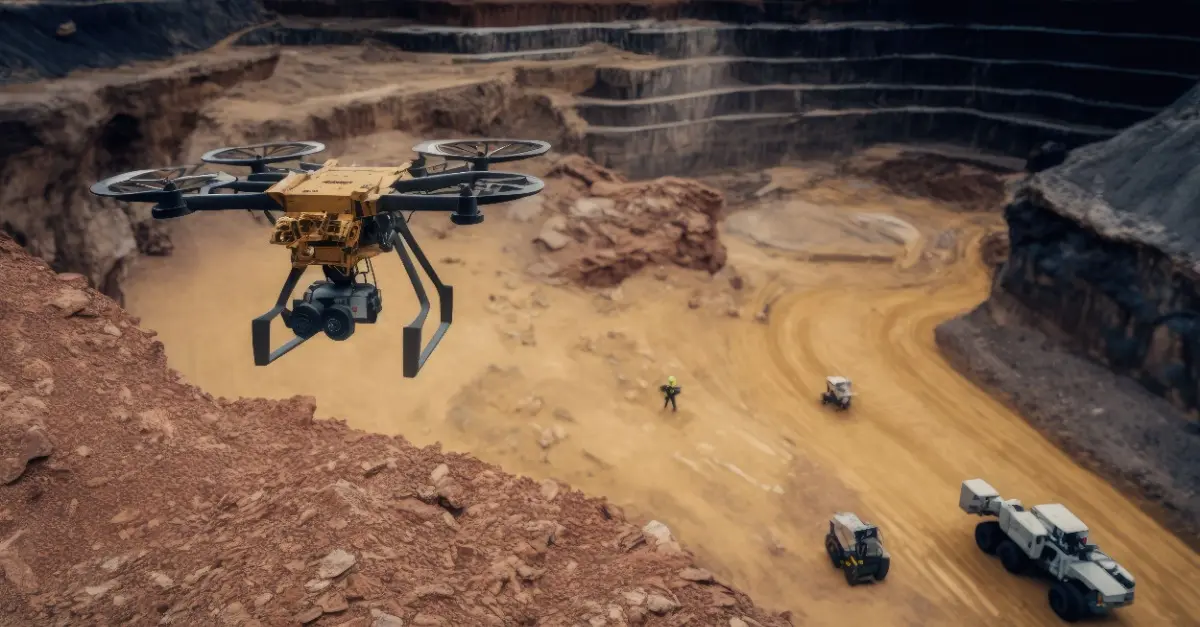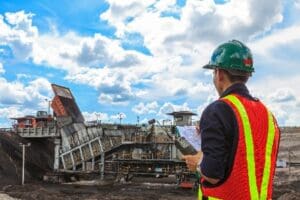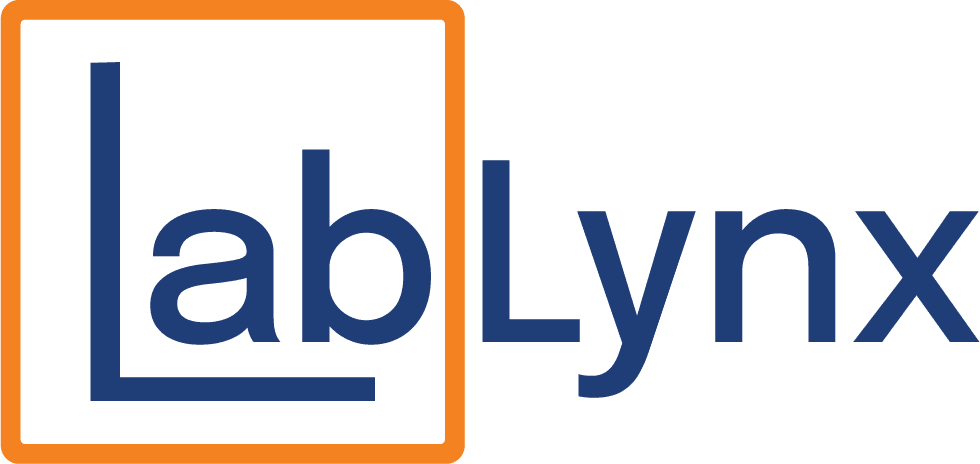
Mining is not a new industry and as it has evolved, the industry has benefited from various technology advances including the invention and advancement of Laboratory Information Management Systems (LIMS). In the beginning, miners would use primitive tools, digging mine shafts by hand. Eventually, miners learned that starting a fire could weaken rock and clear tunnels faster. In the Middle Ages, miners started using black powder and causing explosions. By the mid-19th century, dynamite was invented, along with motorized mining tools and steam-powered pumps. The Industrial Revolution led the way for electric conveyors and mine cars, drills powered by pistons and compressed air, and eventually battery-powered lamps.
The mining industry evolved far past the pick and hammer, but modern technology like LIMS has even more to offer this sector, all to increase productivity, optimize maintenance, improve safety, lower operating costs, and minimize environmental harm by reducing energy consumption.
Autonomous haul trucks and loaders

Driving automation in the mining industry has been around for nearly two decades. Although many mining operations have yet to fully embrace the technology, allowing humans to communicate and control machinery remotely makes this technology ideal for use in underground mines or hazardous environments.
These autonomous and semi-autonomous vehicles can help increase mining productivity, increase workplace safety, and reduce operating costs and payroll. Autonomous and semi-autonomous vehicles can include haul trucks, loaders, and underground excavation vehicles equipped with tools and cameras. Based on a 2016 report by the International Institute for Sustainable Development[1], driverless technology can lead to a 15 to 20 percent increase in output, a 10 to 15 percent decrease in fuel consumption, and an 8 percent decrease in maintenance costs.
The future of autonomy lies in building an entirely autonomous mining system that can carry out mining tasks automatically with minimal external control. These complete mining systems could work 24/7, which could not only increase productivity but also reduce human error and limit human involvement in dangerous areas.
GPS and GIS technologies
Mining companies are using global positioning systems (GPSs). These GPSs are like the navigation and positioning system that you may use on your phone or in your car to navigate traffic. GPS generates three-dimensional images of a mining company’s equipment locations on map displays. With a GPS system, the location of drills, trucks, and other equipment can be pinpointed in a real-time display. Knowing where all the tools are located, particularly on a large mine site, can add to operational efficiency.
Geographic information systems, or GISs, are similar to GPS but focus more on the environmental aspects of the mining site. These systems can be beneficial tools in targeting and evaluating mine conditions, displaying geochemical and hydrology data, and building mine models.[2]
Wearable tracking technology
Workforce tracking devices offer a new level of safety by emitting a radio frequency so that a mine manager can see where each member of their team is on site. This technology is using the same idea as a parent installing a tracking device on their new teenage driver’s smartphone so they can track where they go at a touch of a button. Workers can be tracked and located instantly in case of emergencies, improving incident response times with immediate notifications. These devices can also minimize safety problems and the potential for future accidents by restricting access to dangerous areas in the mine.
Workforce tracking can also improve mining productivity, giving operations the ability to manage mining workers more effectively. These tracking devices can help mining operations identify where productivity can be increased, as well as monitor staff work hours and attendance records.
Wireless monitoring systems
Mining operations often have areas on the site that are extremely difficult to access. Workers have the arduous task of gathering manual readings from these areas, which can be dangerous and time-consuming. By the time the data makes it back to the site, is presented, and evaluated, the information gathered is already outdated. This can have a critical impact on mining operations.
One option is to install cables throughout a mine’s infrastructure. Mine operators can lessen workforce risks by automating the data-gathering processes. However, this installation can be costly and, depending on the geographic area, also complicated and time-consuming.
Another option is wireless monitoring systems that can connect a variety of sensors and transmit real-time data to a gateway. The gateway can upload information to a server, allowing operators to remotely monitor critical assets. Wireless monitoring systems can lower operational costs by no longer needing human and vehicle resources to retrieve the data but also by eliminating the need for expensive cabling and maintenance operations.
Digital twins
Digital twins are sort of like a video game version of the mine. 3D modeling technologies generate life-like impressions of mines using depth perception to model the environment. This can help companies better understand the mines. This type of mining technology creates a virtual environment using real-life data to prepare miners for what to expect on the site.
The digital models are continually updated as the real, physical mines change. Simulations can be run to identify the risk and potential of both equipment and communications, as well as fleet and maintenance management systems.
Drones
Remotely piloted drones, as well as other unmanned in-air technology, are increasingly finding their place on mining sites. Drones can be used to survey and map out areas of the mine site, find and report on inventory, and document daily operations.
Drones can help identify some of the most dangerous areas of the mine site before risking the human workforce. They can also fly over and capture images of where and how much inventory is on-site. In some cases, the drone can use advanced software to make calculations of current levels of inventory available. Drones can also be equipped with photometry and thermal imaging software to identify hazardous material shifts and compare mine surveys to improve planning for future blasts.
Battery electric vehicles
Mining vehicles[3] account for at least 30-50[4] percent of the total direct greenhouse gas emissions at a mine site. Globally, there are approximately 28,000 large mine-hauling trucks in service. Almost all of these are diesel-powered, which emit over 68 million metric tons of CO2 each year. [5]
Battery electric vehicles (BEVs) can reduce harmful emissions and require less ventilation, making them ideal for underground mining environments. BEVs can also reduce maintenance costs, as they typically contain fewer parts than vehicles with diesel propulsion systems. The use of BEVs can also reduce the heat, noise, and vibrations traditionally caused by diesel-powered vehicles.
However, as with consumer-level battery-powered automobiles, BEVs are limited by the power of the battery, which can diminish their effectiveness in long-distance or uphill hauling. Vehicle operators could have to change batteries multiple times per day and have accessible recharging stations, which could impact productivity. Also, batteries in BEVs used in mining have a short lifespan of about two years and have a high replacement cost. [6]
Laboratory informatics, like LIMS, for metal and mining labs
Mining companies either maintain in-house laboratories or work with third-party labs to verify the quality of their end products, provide real-time feedback on sample deviations, ensure adherence to regulatory compliance requirements, and so much more. Laboratory informatics solutions, like LIMS software, can meet the needs of the mining industry by helping laboratories automate workflows, process large amounts of geological samples, and integrate with metallurgical processes and mineral testing.
The LabLynx ELab LIMS for metal and mining labs comes complete with ASTM, ISO, and other local and national testing standards appropriate for each mining lab’s services. A simple browser interface allows the lab to modify methods and workflows or develop in-house testing methods. Integrating laboratory instruments with the LIMS software solution eliminates manual processes that can introduce errors, plus the ELab LIMS can monitor instrument performance and plan regular maintenance and calibration schedules.
In closing…
Embracing technology in mining operations isn’t only the future, it’s the present. From improving workforce safety and enhancing productivity and efficiency, to reducing capital costs and carbon footprints, some mining companies are revolutionizing mining operations. Harnessing the power of automation, GPS and GIS technologies, monitoring and tracking systems, and other product innovations, instead of relying on traditional costly, manual processes, is key to remaining competitive and environmentally conscious in the modern age.
References
[1] https://www.iisd.org/system/files/publications/mining-a-mirage.pdf [2] https://www.cashmanequipment.com/about/the-dirt-blog/how-technology-is-impacting-the-mining-industry [3] https://www.icmm.com/website/publications/pdfs/innovation/2021/icsv-factsheet.pdf [4] https://www.mckinsey.com/business-functions/sustainability/our-insights/climate-risk-and-decarbonization-what-every-mining-ceo-needs-to-know [5] https://www.mining-technology.com/features/battery-electric-vehicles-facilitating-low-carbon-mines/ [6] https://www.stantec.com/en/ideas/charged-up-key-considerations-around-electric-vehicle-use-on-mine-sites




